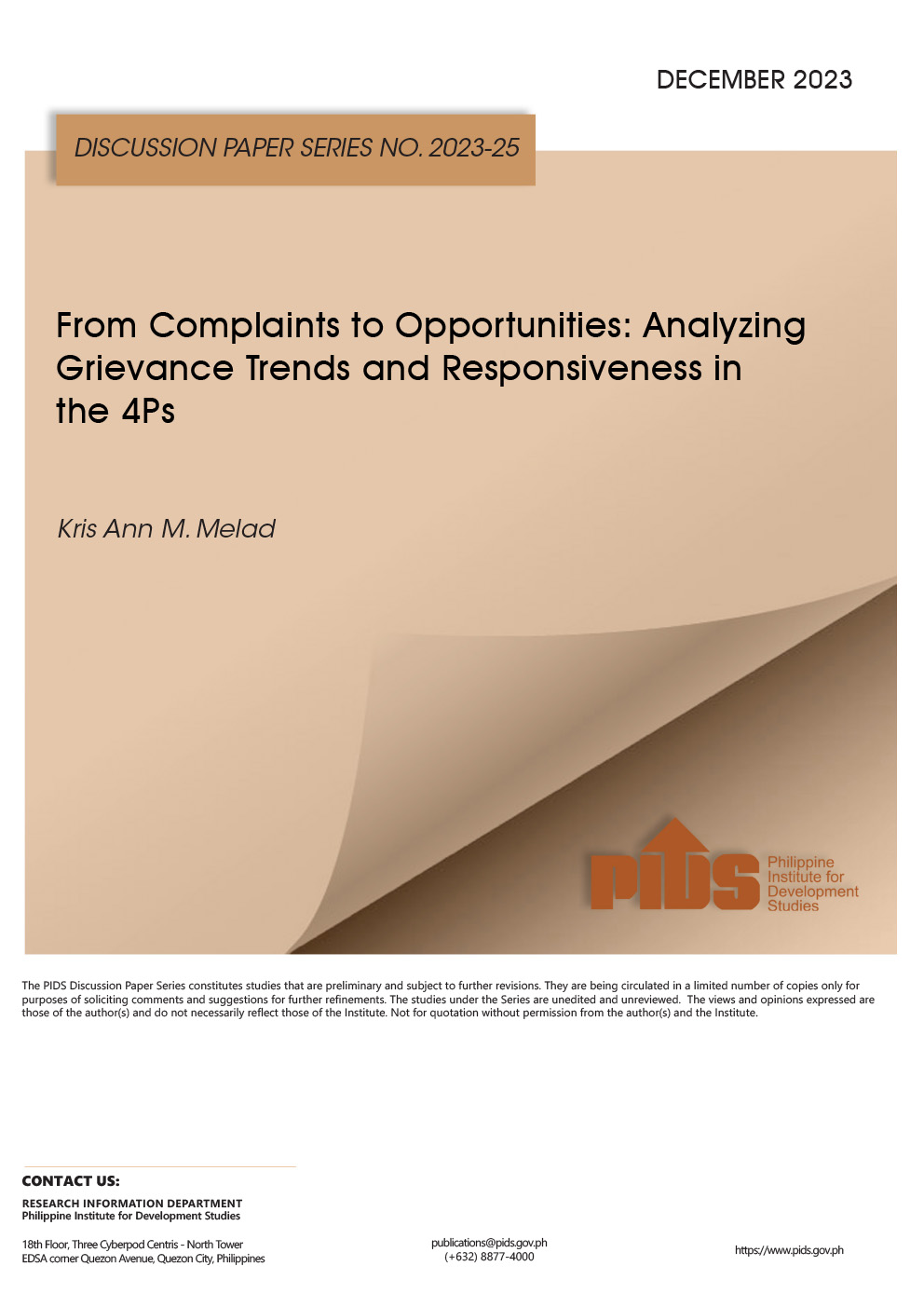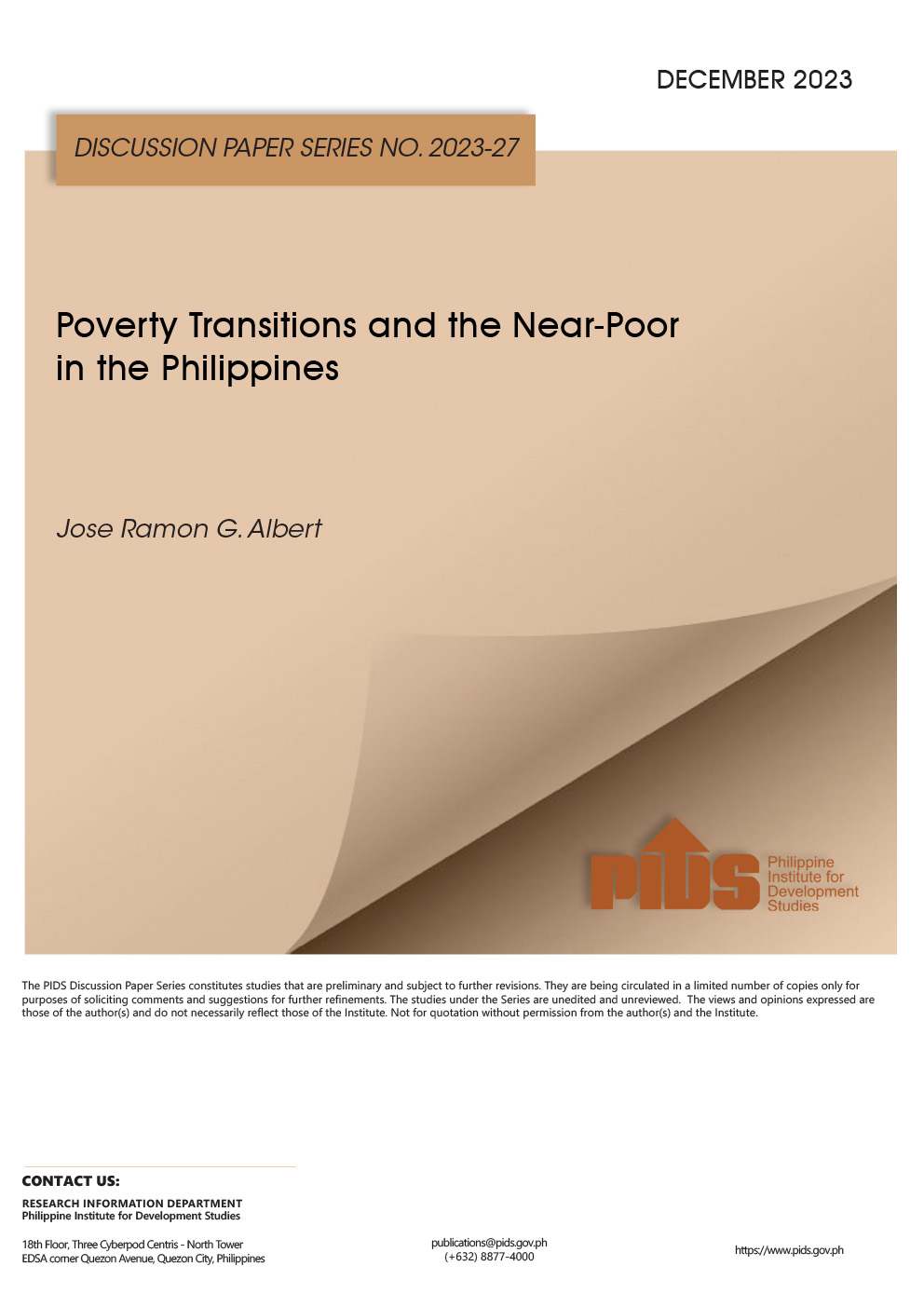From saying just last February that the government must exercise “fiscal prudence” and thus cannot be “throwing subsidies at everything in sight,” the country’s economic managers have finally come around to the idea of funding another stimulus package to provide relief to the millions of Filipinos rendered jobless or poor by the raging COVID-19 pandemic, which continues to hammer the economy and strain the public health system.
Speaker Lord Allan Velasco revealed last Tuesday that Finance Secretary Carlos Dominguez III and Budget Secretary Wendel Avisado were now identifying fund sources to bankroll the proposed Bayanihan 3 or the “Bayanihan to Arise as One” bill. The measure, which Velasco and Marikina City Rep. Stella Quimbo filed in November last year, aims to allot another P420 billion to stimulate the country’s recovery from the devastating COVID-19 crisis.
Among the key provisions of the bill pending with the House committee on economic affairs is the allocation of P108 billion for universal basic income of P1,000 per person, with another P108 billion in standby funds; P12 billion in direct funding for assistance to individuals in crisis situations (AICS) of the Department of Social Welfare and Development; and P3 billion for Medical Assistance for Indigent Patients (MAIP).
For Senate Minority Leader Franklin Drilon, it should be easy for economic managers to look for extra funds, since there are many items in the P4.5-trillion 2021 budget that are “unnecessary.” Top among such non-essentials at this time are the P9.5-billion confidential and intelligence funds and the P19.5-billion anti-insurgency funds.
“I don’t understand why they are saying the government has no money for additional aid. May pera basta ilagay lang natin sa tama,” Drilon stressed.
Albay Rep. Joey Salceda, chair of the House committee on ways and means, also reported last week “an understanding” on where the funds for additional cash assistance will come from, including increased dividends or capital withdrawals from “obese” government-owned and -controlled corporations, and taxes on “e-sabong” and offshore gaming. The target is to identify at least P140 billion in fund sources.
Indeed, if millions can be spent to dump fresh loads of crushed dolomite on the derided Manila Bay “white sand beach” along Roxas Boulevard, there should be funds to help desperate Filipinos once again displaced from their jobs by the return of the Greater Manila Area to enhanced community quarantine status. The National Economic and Development Authority estimated that just in the two weeks under the latest lockdown, about 252,000 more Filipinos were left jobless, and 102,000 were pushed below the poverty line in the National Capital Region plus Laguna, Bulacan, Cavite, and Rizal.
Millions more could swell the ranks of the poor without cash aid this year, according to the Philippine Institute for Development Studies. In a March 1 position paper, it estimated that without cash aid of about P5,000 to P8,000, the poverty rate would rise to 21.8 percent in 2021, equivalent to 23.07 million Filipinos. The crisis has already plunged the Philippines into its worst postwar economic recession and escalated the number of jobless Filipinos to the highest level in 15 years.
With the sudden imposition of the ECQ from March 29 to April 11, the government could only manage to give P1,000 each or a maximum of P4,000 for families included among the 22.9 million eligible poor Filipinos. Bad enough that the amount is minuscule, but worse is that the paltry amount—either in cash or in kind depending on the local government unit—is not getting to the intended beneficiaries fast enough.
The two-week ECQ has already given way to the less stringent “modified” ECQ on April 12, and yet as of April 10, only a little over P1 billion had been distributed to over a million beneficiaries from April 7-9, equivalent to a measly 4.8 percent.
Clearly, the government has not learned from the harsh lessons of 2020, when chaos, disarray, and irregularities marked the distribution of the ayuda after the ECQ was first imposed. It has been more than a year into the pandemic, and still the government machinery remains plagued with issues such as missing names, fragmented lists, and sheer disorganization. Health experts have warned that the massing of people in distribution centers could turn into superspreader events for the COVID-19 infection.
The Department of the Interior and Local Government gave LGUs 15 days to complete the distribution if in cash, or at most 30 days if through relief goods. But, only underscoring the government’s excruciatingly slow response to what is a critical, life-and-death race against hunger among millions of citizens, already there is talk of an extension in the aid deadline, which is the last thing poor and vulnerable Filipinos need at this point.
Related Posts
Publications
Press Releases
Video Highlights
[No related items]
Infographics
[No related items]





